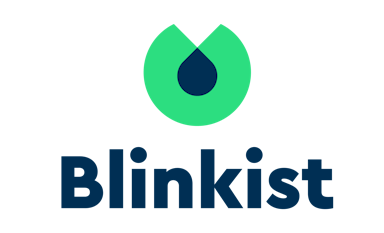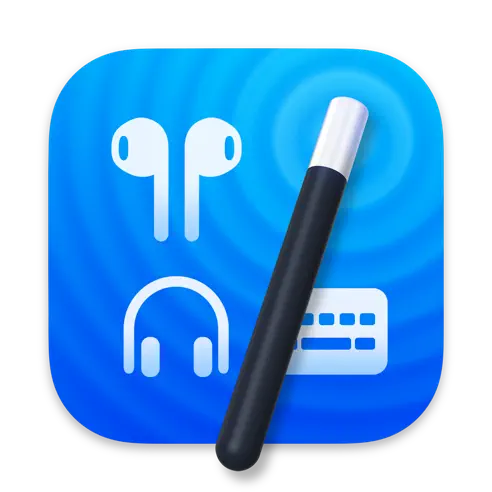Issue #42: Tyme by Lars Gerckens
Today, we're taking a look at Tyme by Lars Gerckens.
Tyme is a powerful and feature-rich time-tracking app that keeps your project times and work statistics synchronized across all of your Apple devices.

The interface is designed to provide a glanceable overview of your recorded times, projects, budgets, and deadlines:
- Unbooked times are automatically displayed.
- Running timers are always visible and can be started or stopped via Shortcuts (without opening Tyme).
- The Home Screen widgets help you monitor your work hours for today, this week, or the current month.
All of this works together to provide a seamless experience that enables you to accurately track your work hours with minimal disruptions.

Tyme also displays booked hours, current revenues, over-time, under-times, hours worked, and automatically records breaks!
If you travel for work or have fixed expenses in your projects, Tyme has you covered. You can easily input travel costs, expenses, fixed costs, flat rates, or holidays along with your worked hours.

Tyme is available as a subscription. You can choose between a monthly or annual subscription. Before you decide, you can test Tyme for 14 days!



Powerful ideas in 15 minutes - join now and start leveling up your small talk game.
Get access to over 5,000 book titles alongside 20 million other readers.
Can you tell us a little bit about yourselves?

I'm Lars Gerckens, 45 years old, and I live in Hamburg, Germany. I’m living there with my wife Margit, my daughter, and our two cute cats.
Before becoming a full-time indie developer, I was a freelance contractor for many years - mostly for clients in Germany and UK. Together with Margit, a digital Creative Director, we're now developing our own apps.
Besides our main app Tyme, we made Shortery which is a small Shortcut automation app.
How did you come up with the idea?
The motivation to build Tyme was actually self-serving. When I worked as a freelance contractor, I needed to track my time for my clients. However, I never found a time-tracking app that suited my needs.
So, instead of using an Excel sheet, I started to develop a little app. Back in the day, it was a non-native cross-platform app called SimpleTimer. I put it up on my website to download for free. A few years passed by, and I didn't pay much attention to SimpleTimer because I was occupied with freelancing. However, in 2013, I realized that the download and usage rates of SimpleTimer were still quite high.
So, I decided to make a new app based on the concept of SimpleTimer and put it up for sale. Margit jumped on board and started to invent a new interface with a focus on clarity and aesthetics to make the daunting task of time tracking more enjoyable for the user.
First, we developed the Mac app, and a few months later the iOS apps and a sync system. As you can imagine, there was no SwiftUI or CloudKit, or even Swift in 2013. So, the app was fully Objective-C and had a handwritten sync service.
💡 Want to see your app featured?
Submit your app or reach out on Twitter 🐦
How did you market the app as an indie developer?
Back in 2013, most apps were paid upfront. So, one effective method to increase downloads and attract attention was to temporarily reduce the price for a few days. This strategy worked well because there were blogs and websites that would take note of these price changes and feature discounted apps in their listings.
Also, the Mac App Store was a pretty lonely place. There weren't many productivity apps and even fewer were good-looking. We were fortunate enough to be featured by Apple on the front page of the Mac App Store on a few occasions.
These days, we still occasionally offer discounts. However, a more sustainable approach to boosting downloads and attention for us is through partnerships with other apps and companies. Naturally, time tracking is always part of a workflow. So, after tracking your time, you'll often want to generate invoices, process the data in some form, or import data into Tyme from other project planning tools. Our integration partners actively promote Tyme on their website, blogs, and social media platforms and we do the same for them.
Apart from the temporary spikes in traffic during promotions, having permanent links leading to our website helps drive consistent traffic in the long term.
What’s your app design and development workflow like?
In addition to the features and improvements we decide to build for Tyme, we actively collect feedback and talk directly to our users. When there is a significant demand or "need" for a feature, we'll start the design process.
The process has 3 main parts:
1. Strategy
Does the feature fit into the overall concept of Tyme? How would it change Tyme as a product? Does it make Tyme more complex for the user? Would it be a nice-to-have thing or a killer feature?
2. Tech
How does the feature affect the data model, caches, sync, and different user roles Are backend changes needed? Is it UI only?
3. UX/UI
What changes in the UX/UI are needed? Are there new UI elements that will need to be designed or can they be built out of existing components?
Most of the time, it's enough for us to sketch a user flow, design a single screen, or just its key functions. We start implementing the feature while we continue to iterate on the design. If necessary, we'll add missing edge cases and components.
This way we keep the process simple and don't introduce any unnecessary overhead.
Any advice on monetizing your app and improving conversions?
Be excellent in support! Listen to your users and work together with them to improve the app. You want to develop trust with your users. They want a tool, that improves over time and does not feel abandoned – especially with an app like Tyme that contains years of their data.
People will share their positive experiences with others and will write and talk about them. Never underestimate word-of-mouth marketing - it’s a long road, but it’s very rewarding.
As for the business model, we came from paid upfront, to free-trial with a one-time purchase, to a subscription model including a free trial. Tyme has now a paywall upfront, so it’s not freemium.
The paywall screen is always a good place to optimize conversions. We’re A/B testing different wordings, trial lengths, discounts, etc - all of these can really make a difference.
What are the future plans for your app?
Tyme still has so much potential. There are still tons of features and integrations that can make Tyme better. Even after 10 years, the app is not finished. Expect many many updates…
A quick welcome to the ✨ 4 new people ✨ joining us this week - feel free to reply to this email and say 👋.
If you're enjoying the newsletter, please consider sharing it! Have some feedback you want to share? Drop me a message 📧
If you missed last week's issue, you can read it here:

If you have an interview coming up, check out my books Ace the iOS Interview and Practical Tips for Junior iOS Developers!
Check out my blog for more articles on iOS Development & Swift.
Subscribe or follow me on Twitter for updates!
